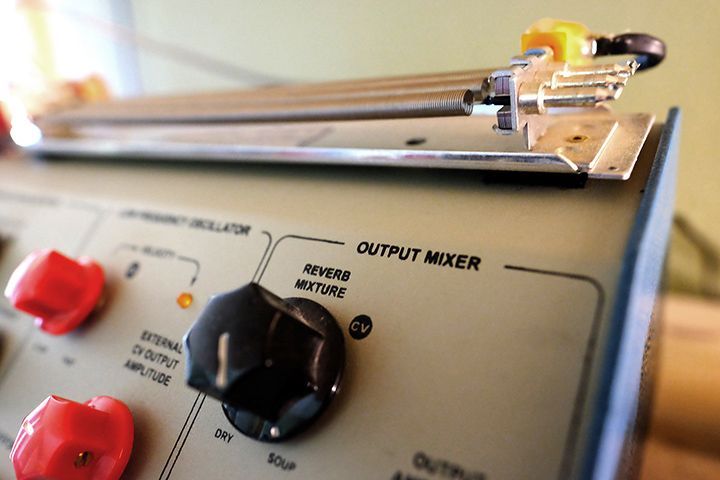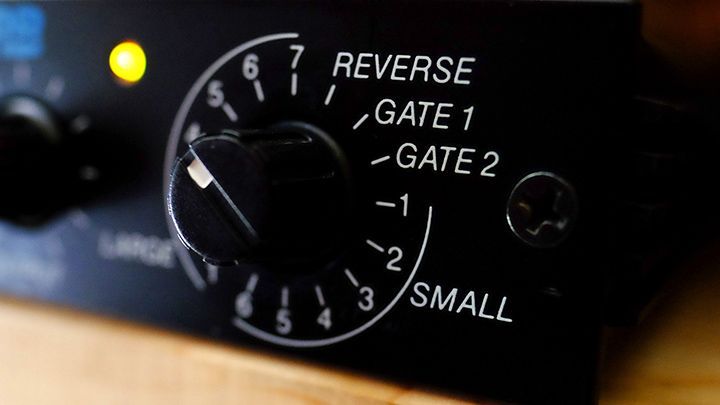5 Reverb Mixing Tips
Achieve a more professional sounding mix with these five reverb mixing tips. Learn how to use reverb to create space and add depth to your music.

Mixing with Reverb
Reverb is an essential part of every mix, and one of the most widely used time-based effects for good reasons. Creating space and depth is vital when you’re mixing music. Treating your music with reverb is also necessary to create the impression of distance and separation between elements. Not to mention, it excels at simply making elements in a mix sound better!
Professional mixes create the illusion of three dimensions: width, depth, and height. Reverb and other effects like delay, chorus, and equalization are often used to achieve a sense of depth. For example, the more reverb an element has, the further back in the mix it will fall. Conversely, dry elements are perceived to sit more forward in the mix.
Reverb is also one of the most versatile effects used in mixing because it’s applicable as both a utility and a creative tool. Most importantly, reverb provides that integral sense of natural space, silkiness, and intrigue that glues your mixes together and immerses listeners.
The following reverb mixing tips offer a few methods used to achieve a more polished mix with this coveted effect.

Create a Cohesive Space
Applying subtle amounts of reverb to a group of instruments or the entire mix will help give your tracks some cohesion. Sending multiple tracks through a reverb bus also puts them in the same space, which will sound more natural. This technique is often used on a drum bus to glue all the elements together in addition to creating a sense of depth.
The best way to achieve this technique is to set up an auxiliary bus with a reverb that has a short tail and even some pre-delay to let the transients through unaffected. Furthermore, auxiliary buses allow you to send multiple tracks to a single reverb which also cuts down the CPU load.
In addition, try using different reverbs for various groups to create even more dimension.
Enhancing Transients and Harmonics
Another great thing about auxiliary buses is that you can add various other effects to enhance the reverb treatment. For example, loading a transient designer before the reverb and adjusting the attack will tighten up the effect. This technique works great for making drums and other transient rich elements sound punchier.
Applying subtle amounts of saturation or distortion before the reverb is another method that adds excitement. This technique enhances harmonics and adds a gritty vibe to the reverb tail that fattens the sound more. Also, pitch shifting the signal up 12 semitones before the reverb will intensify the harmonics and presence of any sound running through it.
De-Essing Reverb
De-essers are often deployed to treat vocals and tame those sibilant “s” sounds. However, de-essers also work great for rounding off harsh high frequencies on individual elements or even entire mixes. Likewise, loading a de-esser before the reverb is a nice technique that helps smooth out any excessive sibilance that may sound unpleasant.
Panning Reverbs
Reverb is the ideal method for creating space and adding depth. Also, most reverb plugins operate in stereo. However, there are some fun tricks out there that use reverb in mono.
This reverb mixing tip explains how to enhance the stereo width of instruments or vocals without using stereo widening tools. Accomplish this technique by first creating an auxiliary bus loaded with a mono reverb or a device that will mono the reverb. Next, make the instrument or vocal you wish to treat mono as well. Lastly, send the track through the mono reverb auxiliary bus and then pan the two tracks in opposite directions to create a full sounding stereo effect.
Make the sound even more interesting by loading various other effects to the reverb track. Be sure to cut out any unnecessary low frequencies with an EQ to keep the mix clean.
Mixing Multiple Reverbs
Another method that creates a more dimensional sounding mix is using multiple reverbs together to construct richer spaces. No rule says you can’t use more than one reverb on a sound. In fact, subtle amounts of multiple reverb types will form a more natural sounding space.
For example, employing a plate reverb to add foreground ambiance, and a hall reverb for background ambiance builds a more realistic sense of space.
Furthermore, using different reverb types on individual elements helps to create contrast. For example, vocals and guitars often occupy the same frequency range. Placing the two elements in different spaces helps separate them in the mix.
Bonus Reverb Mixing Tips:
Reverb is a powerful effect and is meant to add a subtle layer of ambiance to your mix. It’s important to remember that a little reverb goes a long way. Too much of it can quickly clutter your mix and cause various issues. When working with reverb, it’s recommended to highpass filter the effect to prevent low-frequency buildup.
Also, try experimenting with various other effects to transform your reverb tails. For example, loading a tremolo or LFO effect after the reverb will add some subtle movement to your mix.



